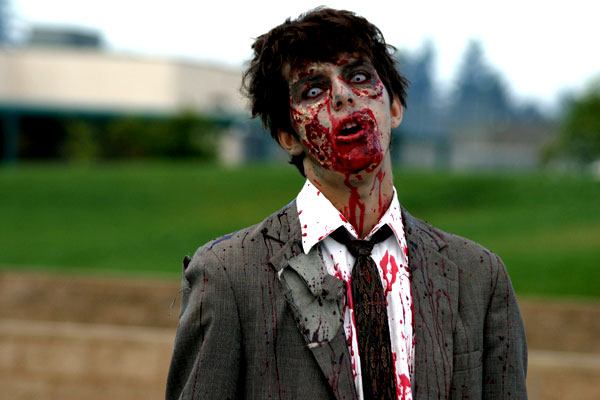I don't feel as if i have progressed much from the preliminary to the final piece, with the final piece looking just as amateur as the preliminary. My film didn't turn out very well, and is also well under the running time it was supposed to be. This occurred when i was getting help with editing, i was told to cut down certain sequences as they went on for too long, and people lost interest. By the time that was finished, there was very little footage left. Time restraints meant i couldn't go out and re-film, so i had to work with what i had. I underestimated the amount of time, effort, and planning that goes into film making, as it was a lot harder than i expected, with editing alone taking up a lot of time. This was especially difficult as i was working alone.
With all that being said, i have learnt alot about the process you must go through to produce a film, even though mine was on a very small scale. I have learnt how horrors are constructed to create tension and build suspense. By analysing openings of horror films, i worked out how via the use of camera, editing, sound and mise-en-scene i could go about creating an engaging opening.
This was helped by extensive planning, such as analysis and storyboarding. This allowed me to see what shots would be effective, and how to pull them off properly. My use of framing has improved, as i learnt the importance of it in relation to character building. I now feel more confident in using the equipment, and i hope to implement what i have learnt into next years task.










